5. Enter the Dragon (1973)
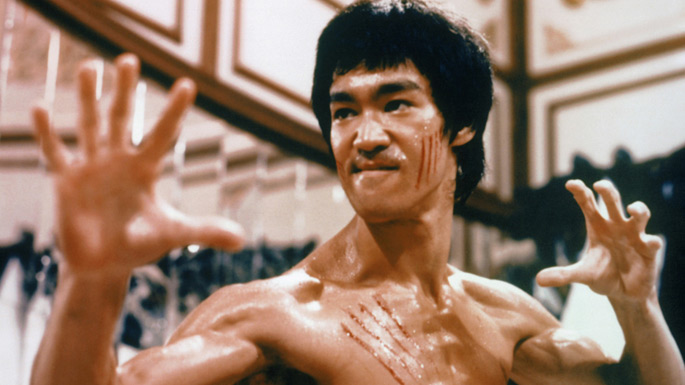
While Tarantino’s film takes place before Bruce Lee became a household name, we do see Lee, played with brio and charm by Mike Moh, square off against Brad Pitt’s feisty stuntman, Cliff Booth. It’s a memorable sequence but perhaps does something of a disservice to Lee. That said, shortly after their fictional throw down, Lee would become an international sensation with his early 70s martial arts films. And which of those would rank as his finest?
The definitive fight film, Robert Clouse’s Enter the Dragon would also mark Lee’s final and finest film appearance before his untimely death at age thirty-two on July 20th, 1973.
In many ways the quintessential Lee film, this Hong Kong-American martial arts movie, with it’s many muscular fight scenes choreographed by Lee––as well he directed the dynamic monastery-set opening sequence––went on to become a hugely influential actioner as well as a box-office hit.
Lee plays a Shaolin martial arts expert out to nab the drug dealers responsible for his sister’s death. Entering a kung fu competition with the aim of battling it out to the dealer’s HQ with the help of his new found allies (including John Saxon and Jim Kelly). The kung fu style Lee displayed in the film, not to mention his acrobatic and athletic feats (sometimes with nunchucks) and his penchant for Zen Buddhist philosophizing, set about a worldwide enthusiasm. Enter the Dragon is astonishing entertainment as well as a pop-standard.
4. Shampoo (1975)
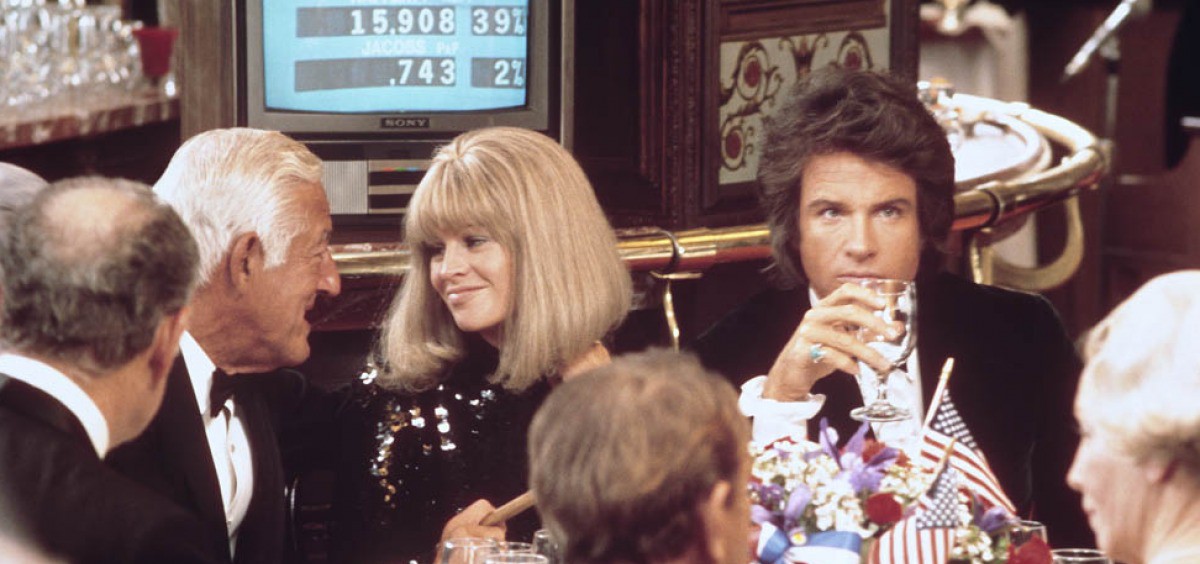
Director Hal Ashby, working from a dazzling script from Robert Towne and star Warren Beatty, hits a bullseye with the darkly and deeply satirical 1968-set comedy drama Shampoo. Beatty is brilliant as the charismatic Beverly Hills hairdresser George Roundy, who was loosely based on Jay Sebring, Sharon Tate’s ill-fated ex (who appears in OUATIH, played by Emile Hirsch).
So, while Ashby’s Shampoo shares the same location and date as Once Upon a Time in Hollywood, it doesn’t share the more violent aspects of Tarantino’s film but it does offer a similarly large and impressive cast (Shampoo features amongst its luminaries; Tony Bill, Julie Christie, Carrie Fisher, and Goldie Hawn), a likewise brilliant soundtrack (including classic cuts from The Beatles, The Beach Boys, Jimi Hendrix, and Buffalo Springfield), superb period details, and not to mention some deeply groovy period wardrobe and hairstyles, as well.
3. The Fearless Vampire Killers (1967)
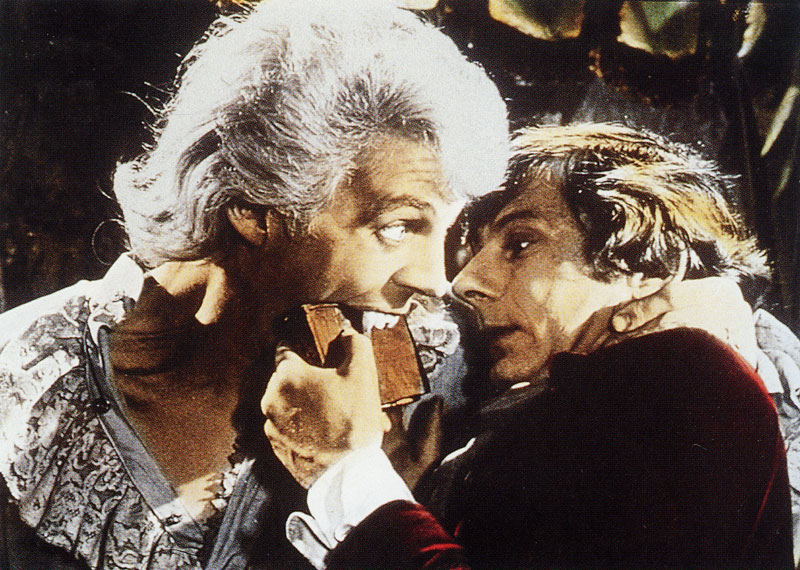
Sharon Tate first met her future husband Roman Polanski while making the horror comedy The Fearless Vampire Killers, or Pardon Me, But Your Teeth Are in My Neck. The pleasures of this film are a tad uneven; the spoof-like nature deploys a mixed bag of gags that don’t always land. What does always land throughout the film, and this is most certainly why fans of OUATIH might want to check it out, is Polanski’s obvious infatuation with Tate. She’s lovingly photographed throughout the film, her beauty and comic flair is captured exquisitely.
The plot is a tad convoluted (it not only spoofs horror films but also European epics) and involves Professor Abronsius (Jack MacGowran), a vampire hunter traveling across Transylvania with his ever faithful assistant, Alfred (Roman Polanski). One night the exhausted travels stop at a spooky old inn and soon Alfred sees the innkeeper’s daughter, Sarah (Sharon Tate), being lured away by creepy Count von Krolock (Ferdy Mayne). Before batting a lash, Alfred and the Professor pursue the Count to his nearby castle, plotting to rescue the very dreamy Sarah and destroy all the murderous vampires in their way.
For Polanski fans, The Fearless Vampire Killers is a bit of an anomaly in his filmography. It’s pretty light weight, but it’s also a great example of a filmmaker smitten by a star. Tate radiates the screen, and this is probably the finest film in her tragically short career.
2. Tess (1979)
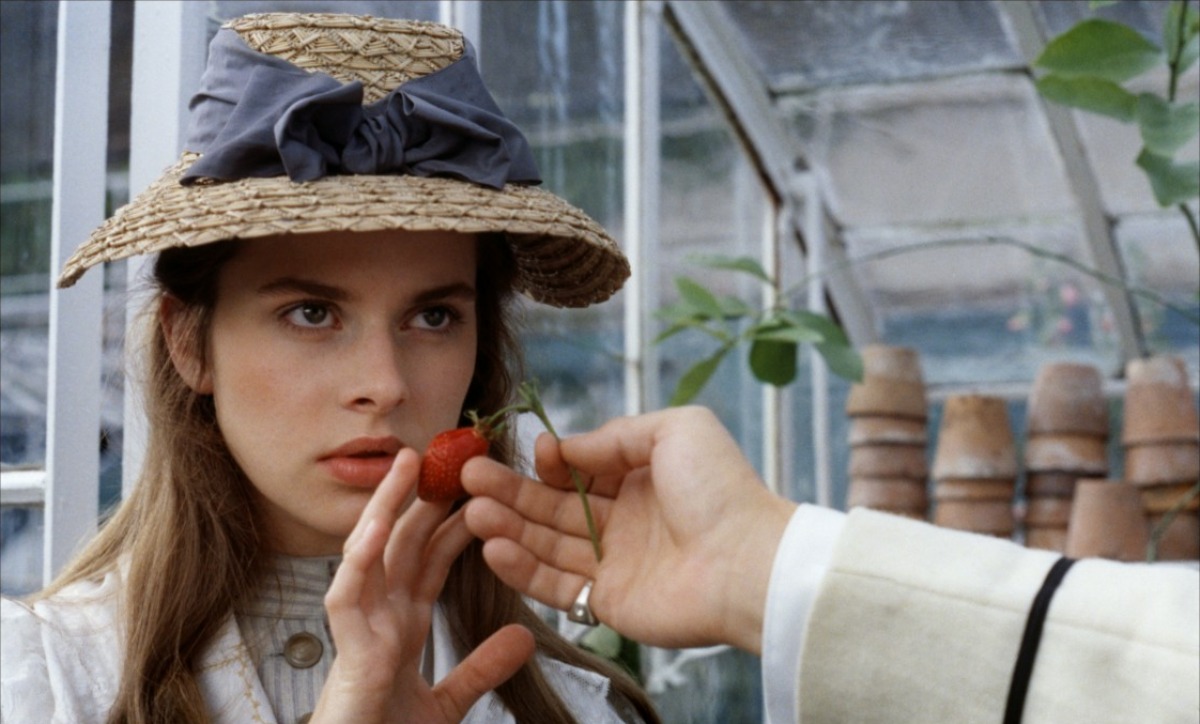
In a wonderfully touching sequence in OUATIH we see Sharon Tate (Margot Robbie) picking up a specially ordered copy of Thomas Hardy’s 1892 novel of doomed love “Tess of the d’Urbervilles” as a gift for her husband, Roman Polanski (Rafał Zawierucha). Tate was said to have greatly admired the book and to have suggested Polanski adapt it into a feature film. And a decade later he did just that, offering up a precise and perceptive adaptation.
Nasstassja Kinski is radiant as Tess, an ill-fated country girl born of nobility who lost her baby, the product of rape, and later meets and falls in love with Angel (Peter Firth). On their wedding night Tess comes clean with Angel about her tragic past only to be rejected by him. From here the plot thickens and Kinski’s starpower is almost blinding. She carries the movie so well and is so utterly compelling, no matter how much pessimistic fatalism befalls her and the narrative, Tess is never less than illustrious.
In his glowing review Roger Ebert wrote: “It is a beautifully visualized period piece that surrounds Tess with the attitudes of her time – attitudes that explain how restricted her behavior must be, and how society views her genuine human emotions as inappropriate. This is a wonderful film.”
Tess is dedicated “To Sharon” and what a beautiful and heartbreaking dedication that is.
1. The Long Goodbye (1973)
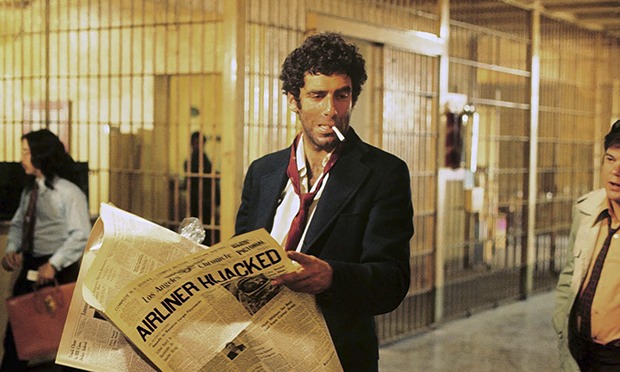
This inspired Raymond Chandler adaptation ranks amongst Robert Altman’s very best as Elliot Gould plays Philip Marlowe, placing everyone’s favorite hard-boiled private eye in 1970s Los Angeles.
Gould is great, radiating his own brand of existential cool in the role, presenting Marlowe as a chain-smoking, cat-loving, compulsive verbalizer. Altman assigned a Rip Van Winkle accession to the well-loved detective, as if he awoke 30 years out of date, in a world that no longer needs him. Marlowe, hence given a fatalistic mind, is constantly trying to convince himself, and the audience, that he exists, despite the disdain evidenced all around him, that the world is moving on, tossing him and his antiquated profession to the curb, rather unceremoniously.
Both QT and Altman offer us affectionate glimpses of La La Land with this film and OUATIH. And there’s more than just a similarly lost protagonist walking the streets of LA that make the films so complementary of one another.
As with Altman’s best work – and the 70s was one hit after another for him – his fearless camera uses frequent pans, zooms, tilts, dollies, and cranes, consistently crashing with energy, and Tarantino makes several similar stylistic choices, though arguably to different effect.
The Long Goodbye and OUATIH presents celebrity-obsessed cynicism, smart aleck-y sneers, neo-noir despair, explosive bouts of violence, and pitch-dark comic relief. Both films, in their own distinct way, are masterpieces from two of the most exciting of American filmmakers.
Author Bio: Shane Scott-Travis is a film critic, screenwriter, comic book author/illustrator and cineaste. Currently residing in Vancouver, Canada, Shane can often be found at the cinema, the dog park, or off in a corner someplace, paraphrasing Groucho Marx. Follow Shane on Twitter @ShaneScottravis.